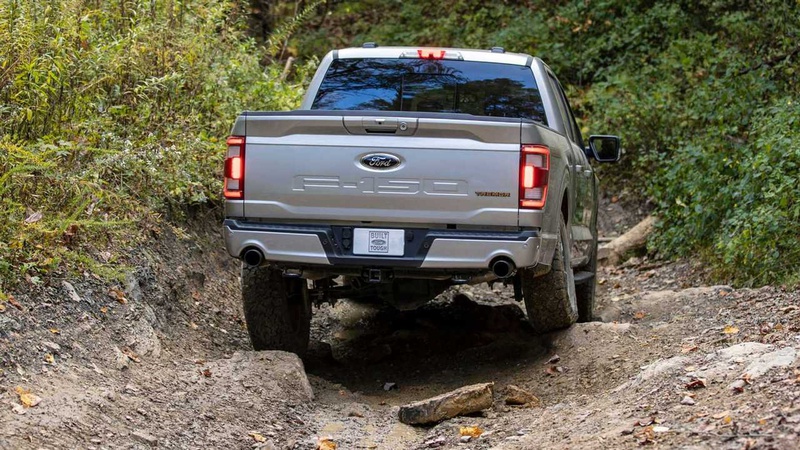Kumar Galothra, President of Ford Blue, outlined the company's plan during an interview with Automotive News. Galothra emphasized the importance of reducing complexity, stating, "Less complexity means fewer parts. From one model year to another, we're taking about 2,400 parts out of the F-150. That means many fewer parts to engineer, test, and manage quality on."
The optimization efforts extend beyond the F-150. The Explorer SUV will also undergo a similar simplification process, with the number of cable harness combinations decreasing from 500 to less than 20 in the coming months.
Ford has achieved significant savings by making seemingly minor adjustments. For instance, changing the material specifications for front rails, mounts, and exhaust manifolds has saved approximately $30 million per year. Additionally, eliminating a cable that differed between two manufacturing plants, which was used to pull vehicles through the assembly line, has resulted in an annual saving of $11 million.



2021 Ford F-150
To improve cost competitiveness, Galothra explained that Ford is benchmarking competitors and collaborating with suppliers to lower the bill-of-material costs. The company aims to reduce both material and structural costs.
In terms of product lifecycles, Ford plans to focus more on software and extend the lifespan of platforms. This approach means that new generations of certain models may have longer lifespans and receive multiple facelifts during their lifetime. Galothra highlighted the growing importance of software to customers and the ability to provide exciting updates through over-the-air capabilities.
Regarding the transition to electric vehicles (EVs), Galothra believes that the portfolio of gasoline and diesel vehicles is less affected due to limitations in charging infrastructure and EV range while towing. Until EV range and charging infrastructure improve substantially, customers are expected to continue purchasing Ford's ICE pickups and hybrid pickups.
Source: Automotive News

